Home>Renovation & DIY>Tools & Equipment>What Grit Sandpaper To Wet Sand A Car
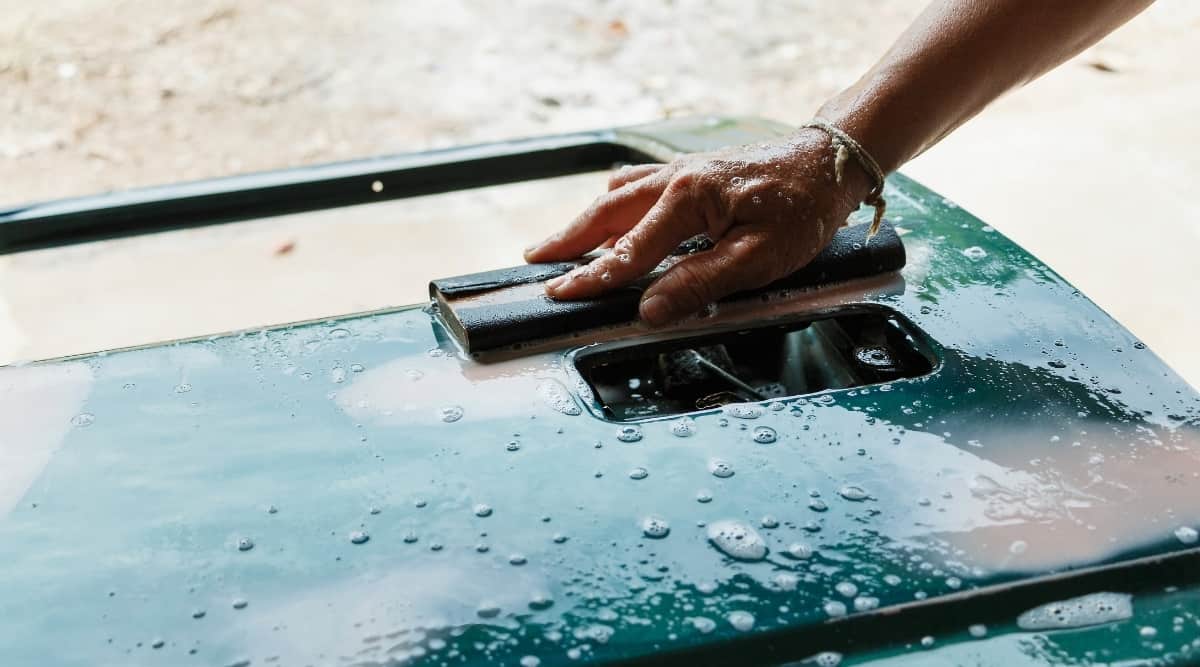

Tools & Equipment
What Grit Sandpaper To Wet Sand A Car
Published: December 20, 2023
Discover the best grit sandpaper for wet sanding a car and achieve a flawless finish with the right tools and equipment. Learn the essential tips and techniques for successful wet sanding.
(Many of the links in this article redirect to a specific reviewed product. Your purchase of these products through affiliate links helps to generate commission for Storables.com, at no extra cost. Learn more)
Introduction
Welcome to the world of automotive restoration and refinishing! If you've ever marveled at the flawless finish of a vintage car or longed to restore your own vehicle to its former glory, wet sanding is a crucial technique to master. While the process may seem daunting at first, armed with the right knowledge and tools, you can achieve professional-grade results in your own garage.
In this comprehensive guide, we'll delve into the art of wet sanding a car, focusing on a key component of this process: grit sandpaper. Understanding the nuances of grit sandpaper and its role in wet sanding is essential for achieving a smooth, mirror-like finish on your vehicle's surface. Whether you're a seasoned automotive enthusiast or just embarking on your restoration journey, this article will equip you with the knowledge to navigate the world of grit sandpaper and wet sanding with confidence.
So, fasten your seatbelt and get ready to explore the intricacies of wet sanding, from deciphering grit numbers to mastering wet sanding techniques. By the end of this guide, you'll be well-versed in the art of wet sanding and poised to elevate the aesthetic appeal of your beloved vehicle. Let's dive in and uncover the secrets of grit sandpaper and wet sanding!
Key Takeaways:
- Mastering wet sanding involves understanding grit sandpaper and employing precise techniques for a flawless finish, transforming automotive surfaces with finesse and expertise.
- Choosing the right grit sandpaper and employing steady, uniform pressure are key to achieving professional-grade results in wet sanding, elevating the aesthetic allure of vehicles with patience and precision.
Read more: What Grit Sandpaper For Sanding Spackle
Understanding Grit Sandpaper
Before delving into the specifics of wet sanding, it’s crucial to grasp the fundamentals of grit sandpaper. Grit sandpaper, also known as sandpaper, is a versatile abrasive material designed for smoothing surfaces, removing imperfections, and preparing them for painting or finishing. It consists of abrasive particles bonded to a backing material, which can be paper, cloth, or fiber. The abrasive particles, typically aluminum oxide or silicon carbide, are distributed across the backing in a precise pattern, creating the characteristic rough texture of sandpaper.
The term “grit” refers to the coarseness or fineness of the abrasive particles on the sandpaper’s surface. Grit is denoted by a numerical value, with lower numbers indicating coarser particles and higher numbers representing finer particles. For example, sandpaper with a grit of 60-80 is considered coarse and is suitable for heavy material removal, while grits ranging from 400-600 are much finer and ideal for achieving a smooth, polished finish.
Understanding the relationship between grit and surface refinement is essential for achieving the desired results in wet sanding. Coarser grits are effective for initial material removal, such as eliminating paint runs, orange peel texture, or deep scratches. As the sanding process progresses, transitioning to finer grits gradually refines the surface, smoothing out imperfections and preparing it for polishing or painting.
When selecting grit sandpaper for wet sanding, it’s vital to consider the specific requirements of the task at hand. Different grits serve distinct purposes, and choosing the right sequence of grits is pivotal for achieving a flawless, showroom-quality finish. With a solid understanding of grit sandpaper and its role in surface refinement, you’re poised to embark on the wet sanding journey with confidence and precision.
Wet Sanding a Car
Wet sanding is a meticulous process used to smooth and refine the surface of a car’s paint or clear coat. Unlike traditional dry sanding, which generates copious amounts of dust and can lead to heat buildup, wet sanding involves submerging the sandpaper in water or using a continuous water spray to lubricate the surface. This not only minimizes dust but also prevents the sandpaper from clogging, resulting in a more consistent and controlled sanding experience.
One of the primary advantages of wet sanding is its ability to achieve a remarkably smooth finish while minimizing the risk of damaging the underlying layers of paint. By maintaining a wet surface, the abrasive action of the sandpaper is gentler, reducing the likelihood of creating deep scratches or swirl marks. This makes wet sanding particularly well-suited for refining clear coats and addressing imperfections such as orange peel texture or runs in the paint.
When embarking on a wet sanding project, it’s essential to exercise patience and precision. The process typically involves gradually transitioning from coarser grits to finer ones, each contributing to the progressive refinement of the surface. Additionally, maintaining a consistent water flow and periodically inspecting the sanded area are crucial for monitoring the progress and ensuring an even, uniform finish.
Wet sanding is often a key step in the automotive refinishing process, whether you’re correcting flaws in a freshly applied clear coat or restoring the luster of an older paint job. While it demands meticulous attention to detail, the results of a well-executed wet sanding process can be truly transformative, breathing new life into a car’s appearance and elevating its visual appeal to a professional standard.
As we continue our exploration of wet sanding, we’ll delve into the nuances of choosing the right grit sandpaper for the task at hand and uncover the essential techniques for achieving stellar results. By mastering the art of wet sanding, you’ll possess a valuable skill set for enhancing the aesthetic allure of automotive surfaces with finesse and expertise.
Use 400-600 grit sandpaper for wet sanding a car. Start with 400 grit for heavy imperfections, then switch to 600 grit for a smoother finish. Always keep the sandpaper and surface wet to prevent damage.
Choosing the Right Grit Sandpaper
When embarking on a wet sanding endeavor, selecting the appropriate grit sandpaper is a critical decision that significantly influences the outcome of the refinishing process. The choice of grits dictates the level of material removal, surface refinement, and the ultimate smoothness of the finish. Understanding the characteristics of different grits and their respective applications is paramount for achieving the desired results.
For initial material removal and addressing prominent imperfections such as paint runs or orange peel texture, coarser grits in the range of 600 to 1000 are typically employed. These grits facilitate efficient leveling of the surface, effectively smoothing out irregularities and preparing it for subsequent refinement. As the sanding process progresses, transitioning to finer grits, such as 1500 to 2000, gradually refines the surface, eliminating visible scratches and further enhancing its smoothness.
When navigating the spectrum of grit sandpaper, it’s crucial to approach the selection process strategically, considering the specific condition of the surface and the desired level of refinement. Additionally, the compatibility of grits with the wet sanding technique must be taken into account, ensuring that the sandpaper effectively operates in a wet environment without compromising its abrasive capabilities.
Furthermore, the choice of grit sandpaper is influenced by the type of automotive surface being addressed. Clear coats, for instance, demand a meticulous approach, necessitating the use of progressively finer grits to achieve a flawless, mirror-like finish. In contrast, when addressing paint with visible imperfections, a combination of coarser and finer grits may be employed to rectify the flaws and attain a uniform, blemish-free surface.
By strategically selecting the right sequence of grit sandpaper and adapting it to the unique requirements of the task at hand, you can navigate the wet sanding process with precision and finesse. This thoughtful approach ensures that each grit contributes to the gradual refinement of the surface, culminating in a finish that exudes professional craftsmanship and attention to detail.
As we delve deeper into the art of wet sanding, our exploration will extend to the essential techniques and best practices for executing the process with mastery and achieving exceptional results. With a thorough understanding of grit sandpaper and its pivotal role in wet sanding, you’re poised to elevate the aesthetic allure of automotive surfaces with confidence and expertise.
Wet Sanding Techniques
Mastering the art of wet sanding requires not only the right grit sandpaper but also a nuanced understanding of the techniques that contribute to a flawless finish. Whether you’re rectifying imperfections in a clear coat or refining the surface of a vintage automobile, employing the appropriate wet sanding techniques is essential for achieving professional-grade results.
Before commencing the wet sanding process, it’s crucial to prepare the work area and gather the necessary supplies. This includes ensuring a clean, well-lit workspace, securing a reliable source of water for wetting the surface, and having a comprehensive selection of grit sandpaper at your disposal. Additionally, utilizing a sanding block or soft interface pad can facilitate even pressure distribution and prevent uneven sanding marks.
As you embark on the wet sanding journey, it’s imperative to maintain a steady, consistent hand movement and apply gentle, uniform pressure to the sandpaper. The goal is to achieve smooth, overlapping strokes, ensuring that each pass contributes to the gradual refinement of the surface. Regularly inspecting the sanded area and periodically rinsing it with water are essential for monitoring the progress and preventing the accumulation of debris that could compromise the sanding process.
When transitioning between grits, it’s vital to thoroughly clean the sanded surface to remove any residual particles and ensure a seamless progression towards finer abrasives. This meticulous approach minimizes the risk of inadvertently introducing scratches or imperfections that could detract from the final finish. Additionally, employing a consistent, methodical technique across the entire surface ensures uniform refinement and a cohesive, flawless appearance.
For targeted refinishing of specific imperfections, such as localized runs or blemishes, exercising precision and control is paramount. Utilizing smaller pieces of sandpaper or employing specialized sanding tools can facilitate targeted correction while minimizing the impact on surrounding areas. This targeted approach allows for meticulous attention to detail, addressing imperfections with surgical precision and finesse.
By embracing these wet sanding techniques and integrating them into your refinishing endeavors, you can navigate the process with confidence and finesse, achieving results that reflect professional craftsmanship and meticulous attention to detail. With a comprehensive understanding of grit sandpaper and the essential wet sanding techniques, you’re equipped to elevate the aesthetic allure of automotive surfaces and embark on transformative refinishing projects with precision and expertise.
Read more: What Grit Sandpaper For Sanding Cabinets
Conclusion
Congratulations on embarking on a journey into the art of wet sanding and the intricate world of grit sandpaper. Throughout this comprehensive guide, we’ve navigated the nuances of wet sanding, delved into the pivotal role of grit sandpaper, and explored the essential techniques for achieving stellar results. Armed with this knowledge, you’re well-prepared to elevate the aesthetic allure of automotive surfaces with finesse and expertise.
Understanding the characteristics of grit sandpaper and its relationship to surface refinement is foundational to mastering the wet sanding process. The strategic selection of grits, tailored to the specific requirements of the task at hand, sets the stage for a meticulously executed refinishing endeavor. Whether you’re addressing imperfections in a clear coat, rectifying flaws in a paint job, or restoring the luster of a vintage vehicle, the right sequence of grit sandpaper empowers you to achieve a flawless, mirror-like finish.
Furthermore, the adoption of precise wet sanding techniques, from maintaining a steady hand movement to employing targeted refinishing strategies, ensures that each pass contributes to the gradual refinement of the surface. This meticulous approach, coupled with a keen eye for detail and a commitment to uniformity, culminates in results that exude professional craftsmanship and elevate the visual appeal of automotive surfaces to a professional standard.
As you apply the principles and techniques outlined in this guide to your own wet sanding projects, remember to embrace patience and precision. Wet sanding is an art form that rewards meticulous attention to detail and a methodical approach. By integrating these principles into your refinishing endeavors, you’ll embark on transformative projects with confidence, achieving results that reflect your dedication to excellence.
So, whether you’re restoring a classic car to its former glory or refining the finish of a contemporary vehicle, the knowledge and expertise you’ve gained in the realm of grit sandpaper and wet sanding equip you to elevate automotive surfaces with finesse and precision. Embrace the art of wet sanding, and let your passion for automotive craftsmanship shine through in every meticulously refined surface.
Now, armed with a comprehensive understanding of grit sandpaper and wet sanding techniques, you’re poised to embark on your next automotive refinishing endeavor with confidence and expertise. The road ahead is filled with opportunities to transform surfaces and elevate the aesthetic allure of vehicles, and you’re well-equipped to navigate it with finesse and precision. Happy wet sanding!
Frequently Asked Questions about What Grit Sandpaper To Wet Sand A Car
Was this page helpful?
At Storables.com, we guarantee accurate and reliable information. Our content, validated by Expert Board Contributors, is crafted following stringent Editorial Policies. We're committed to providing you with well-researched, expert-backed insights for all your informational needs.
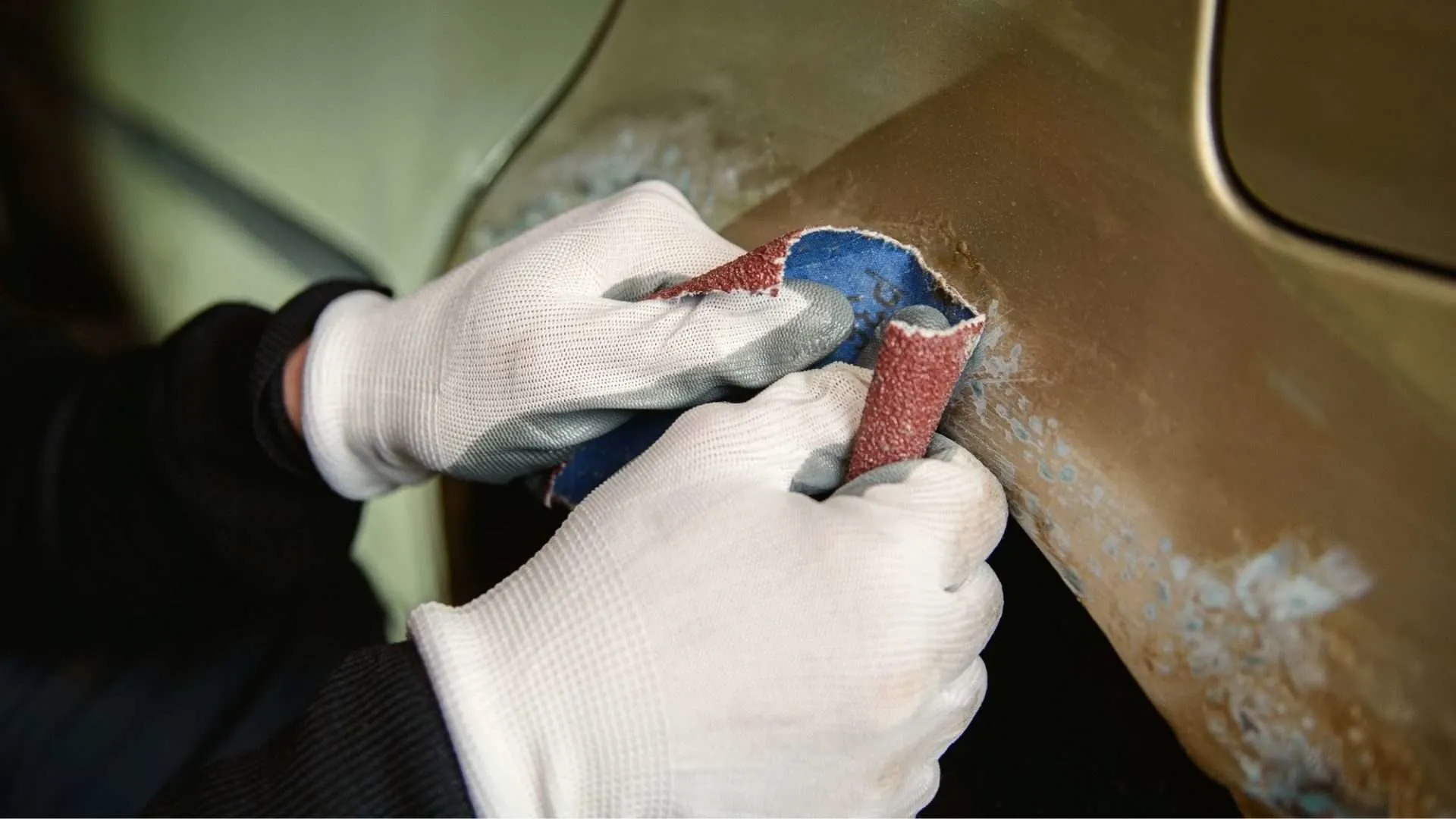
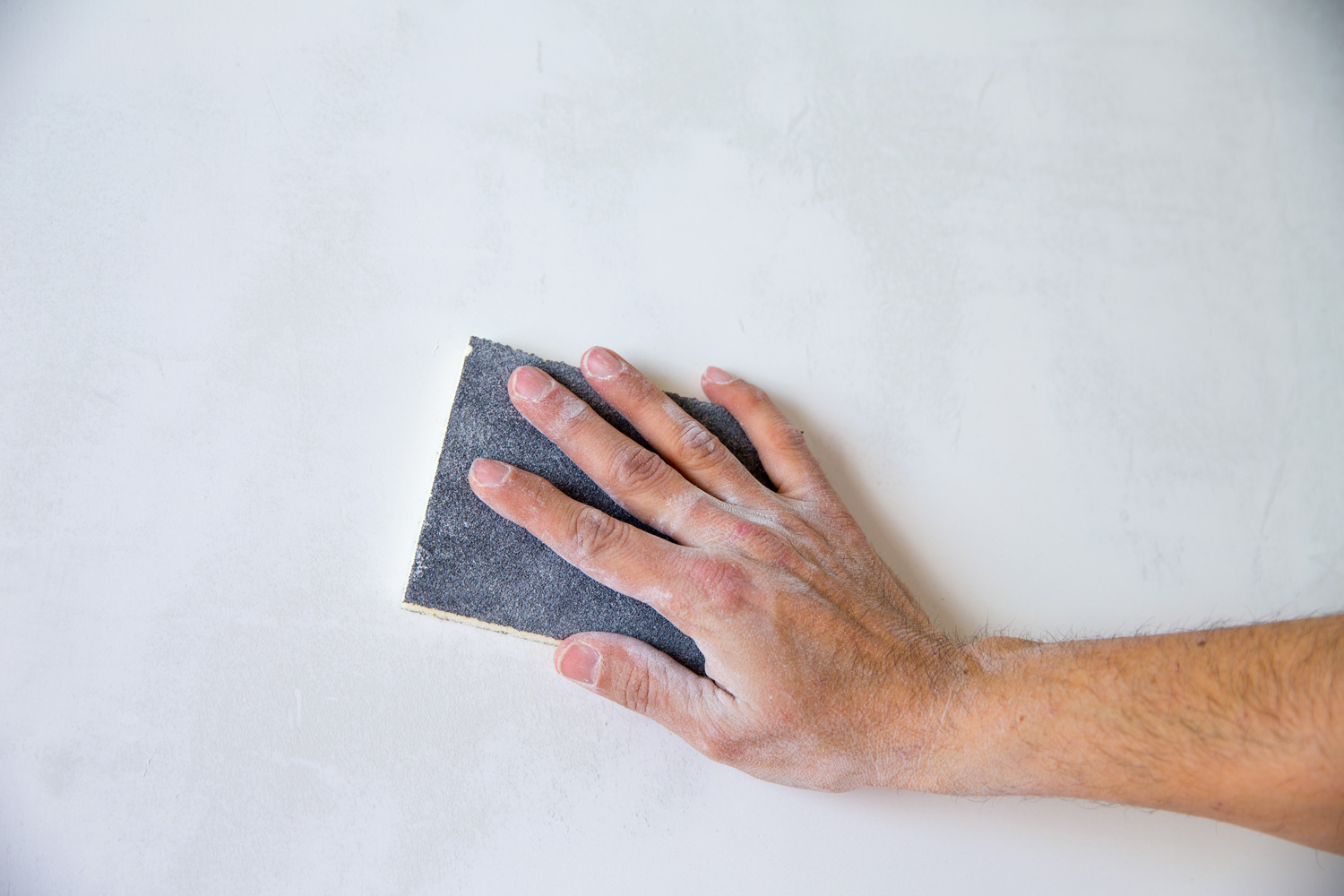
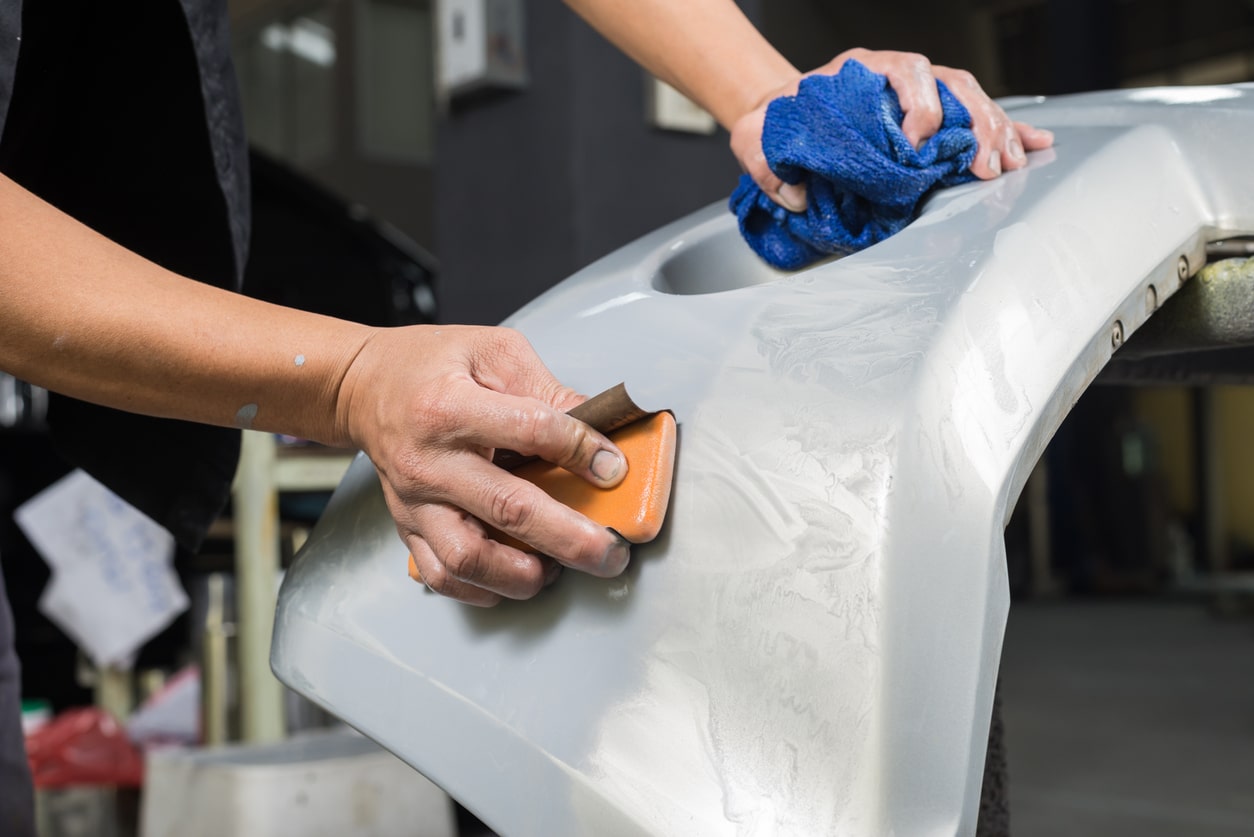
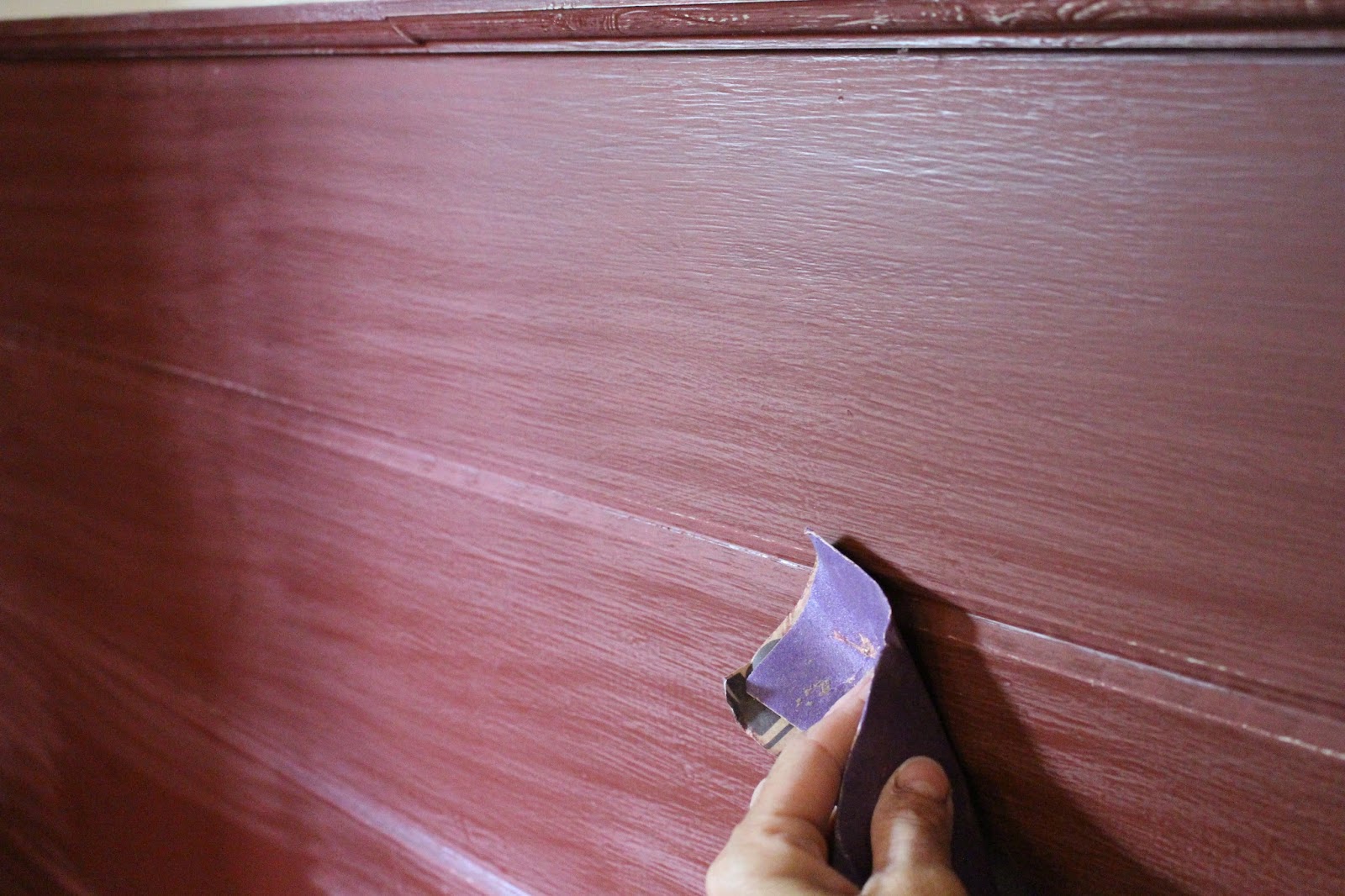
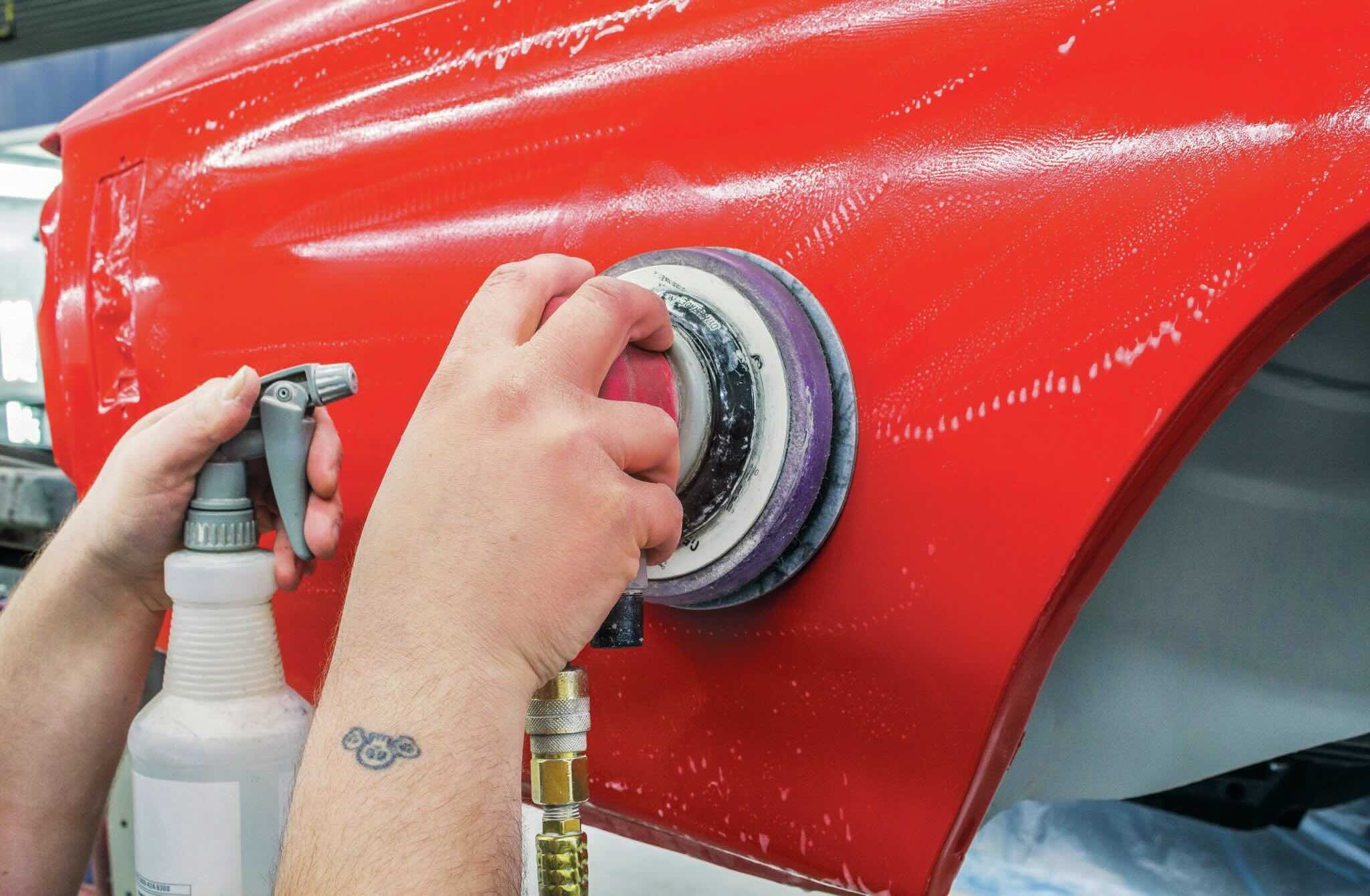
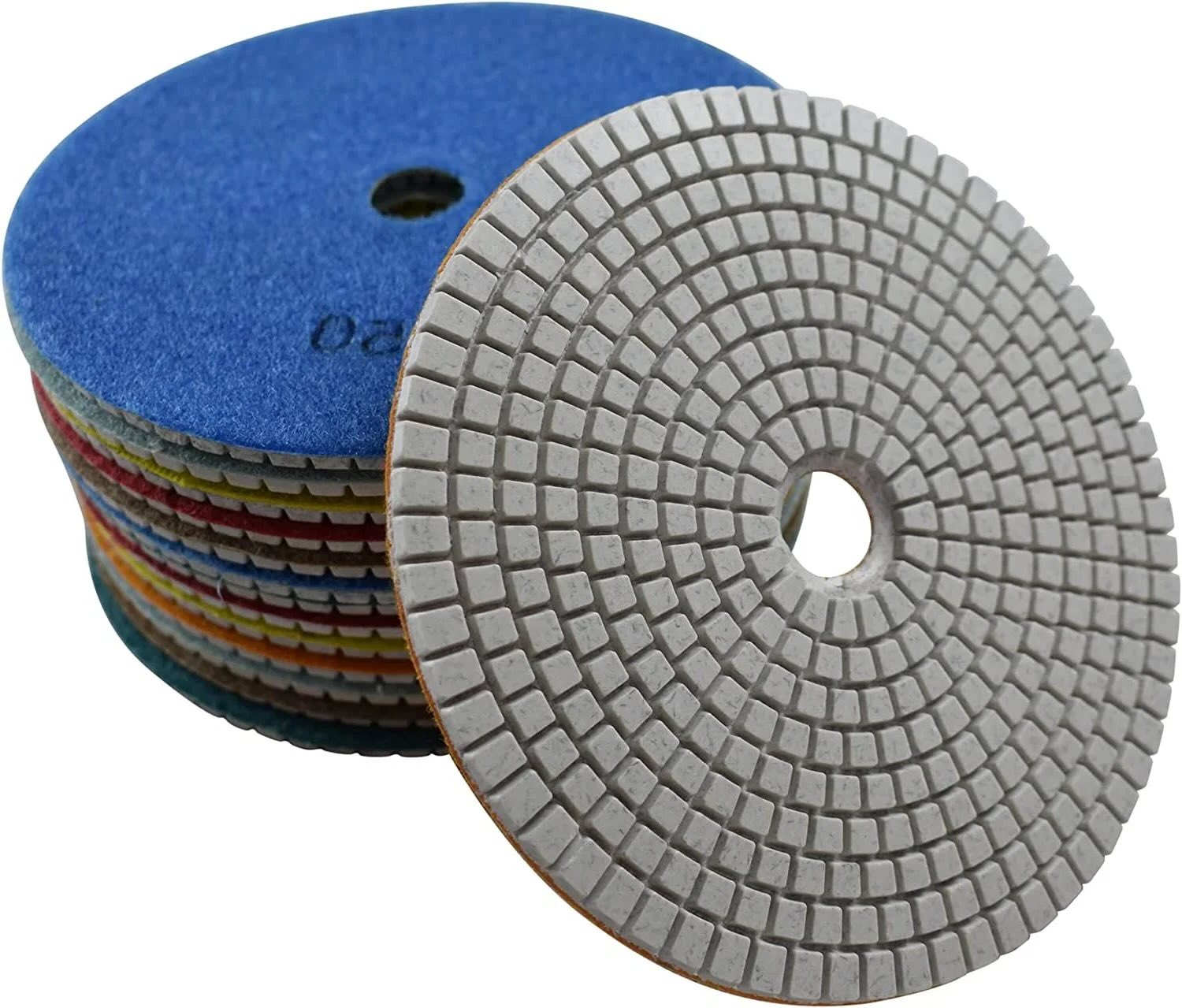
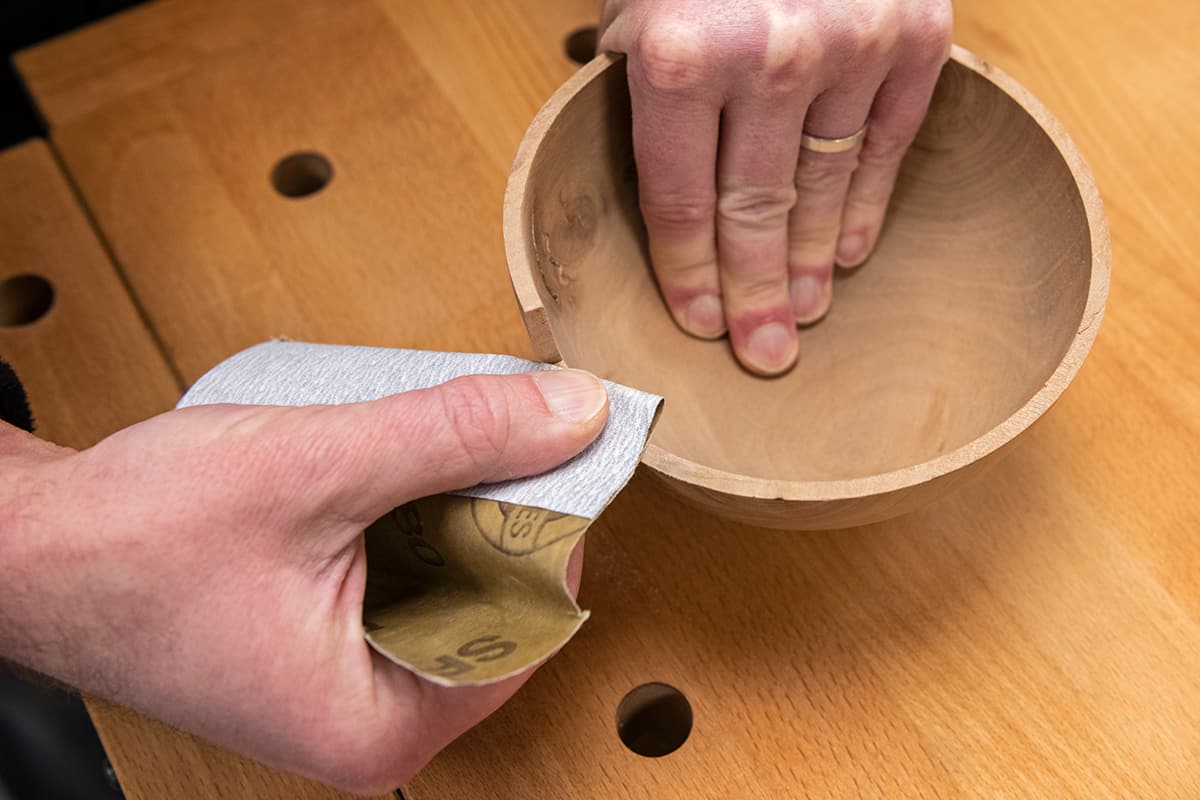
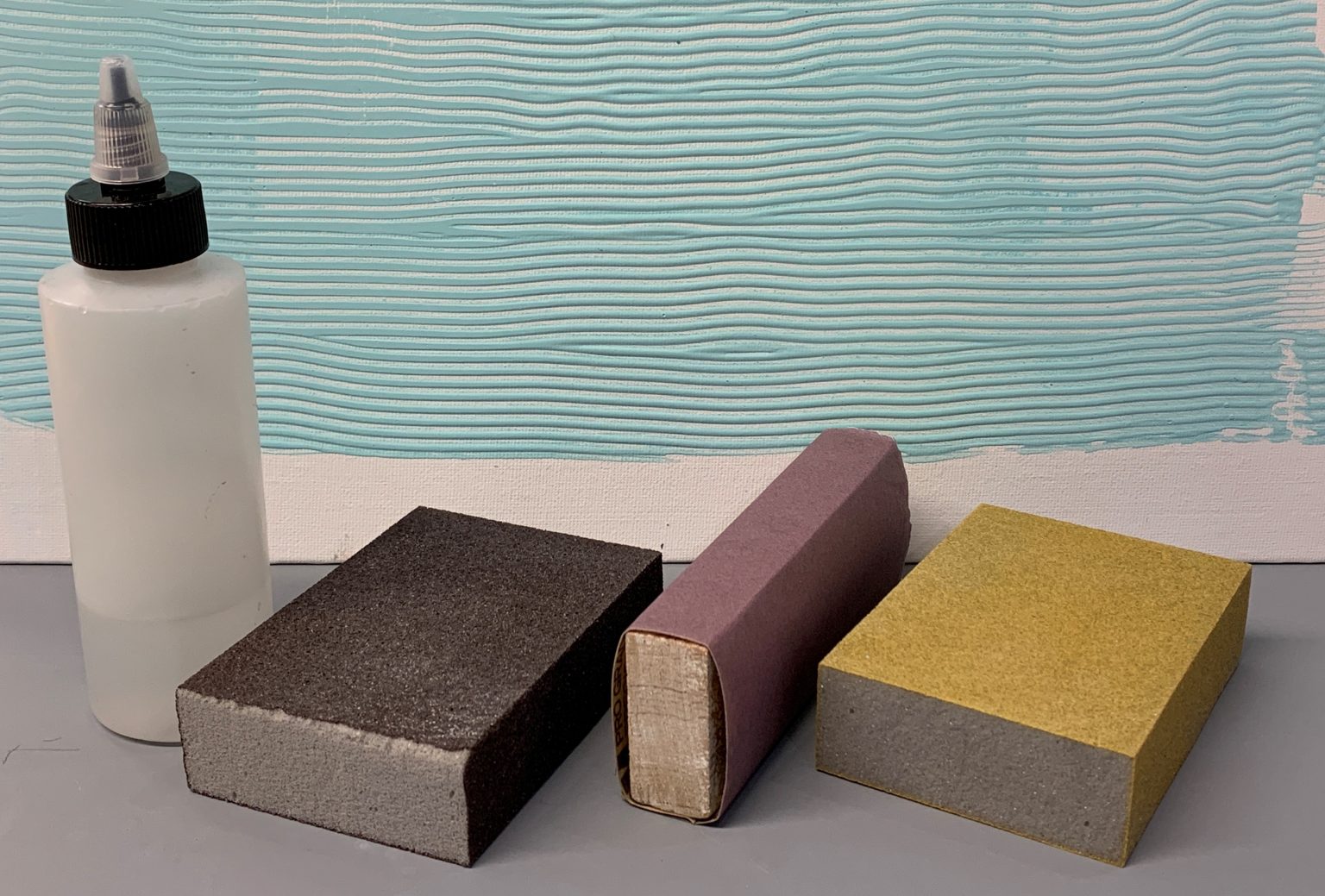
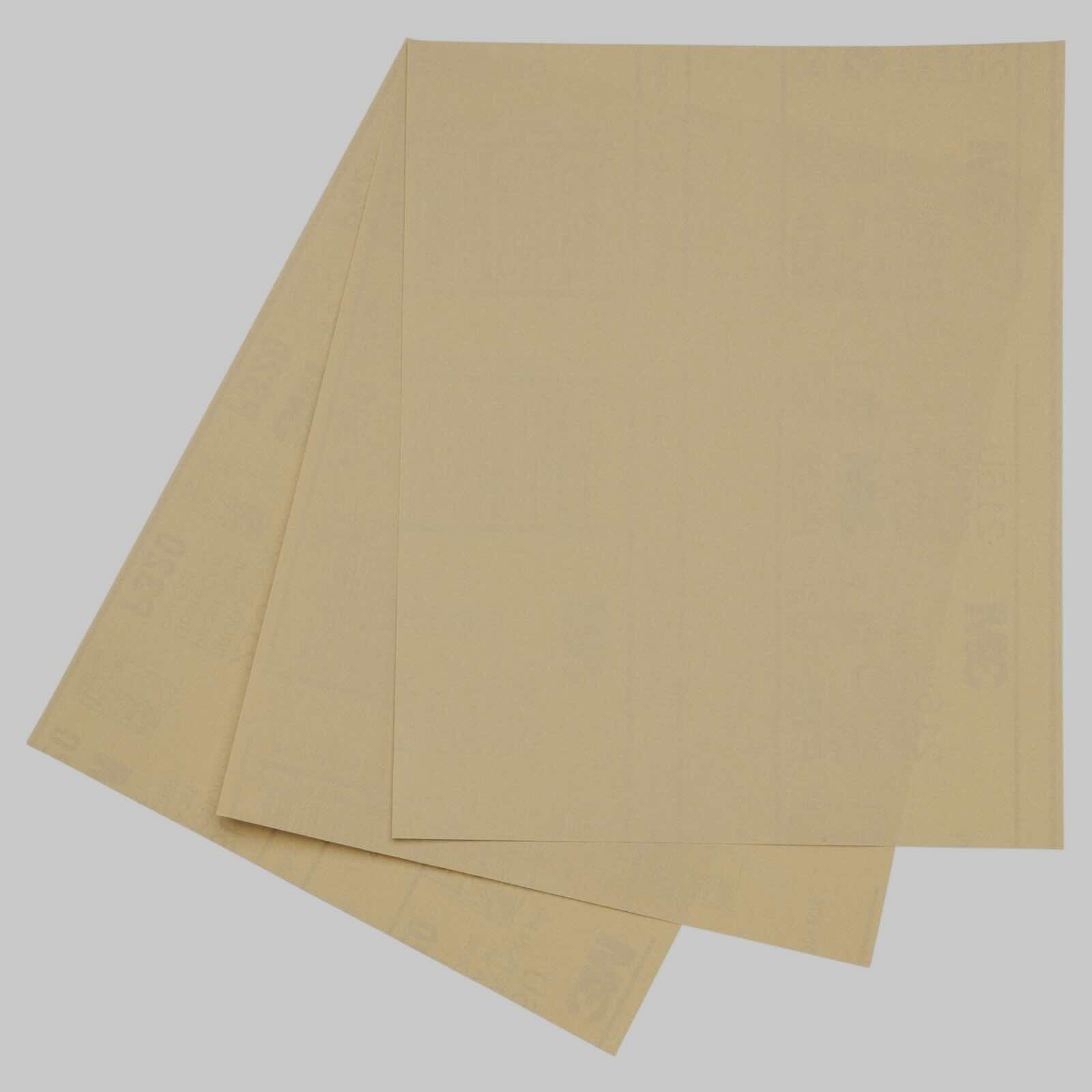

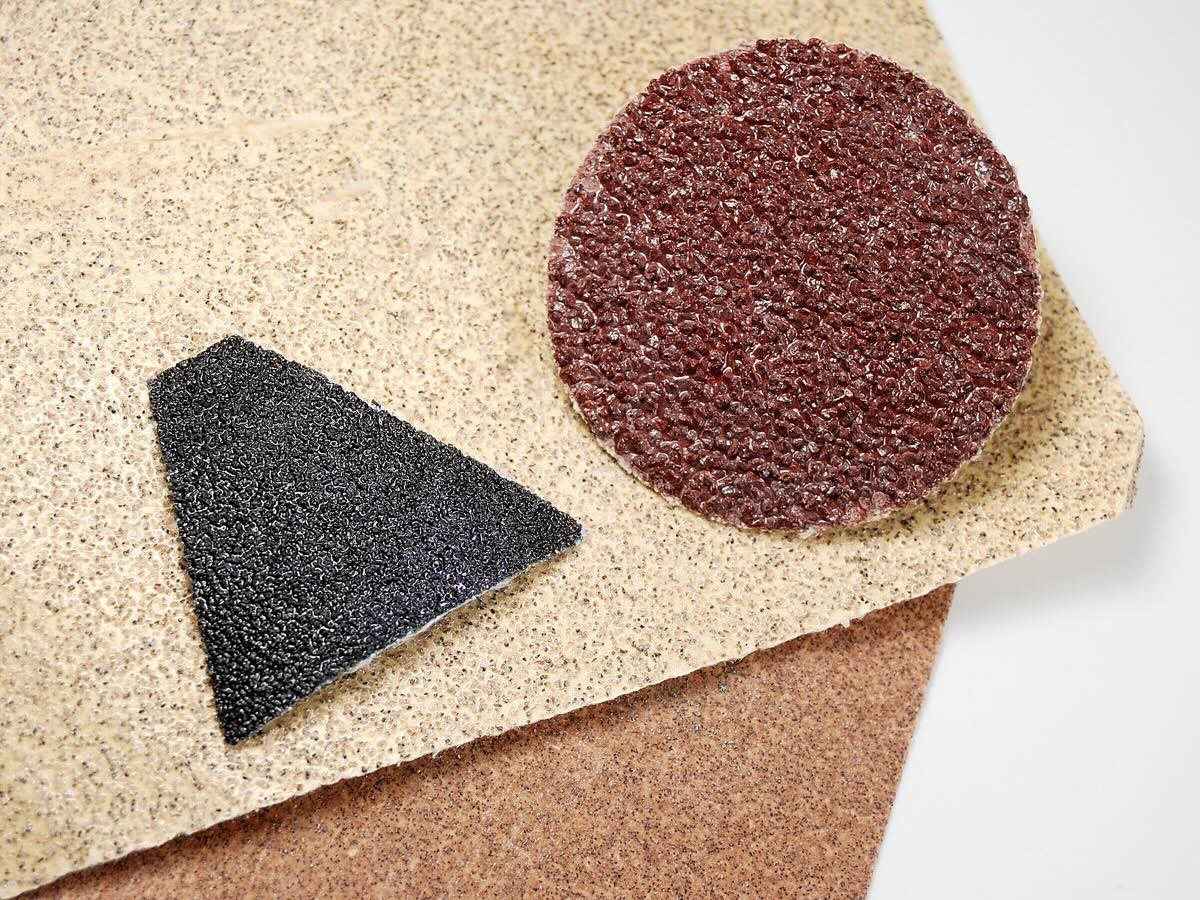
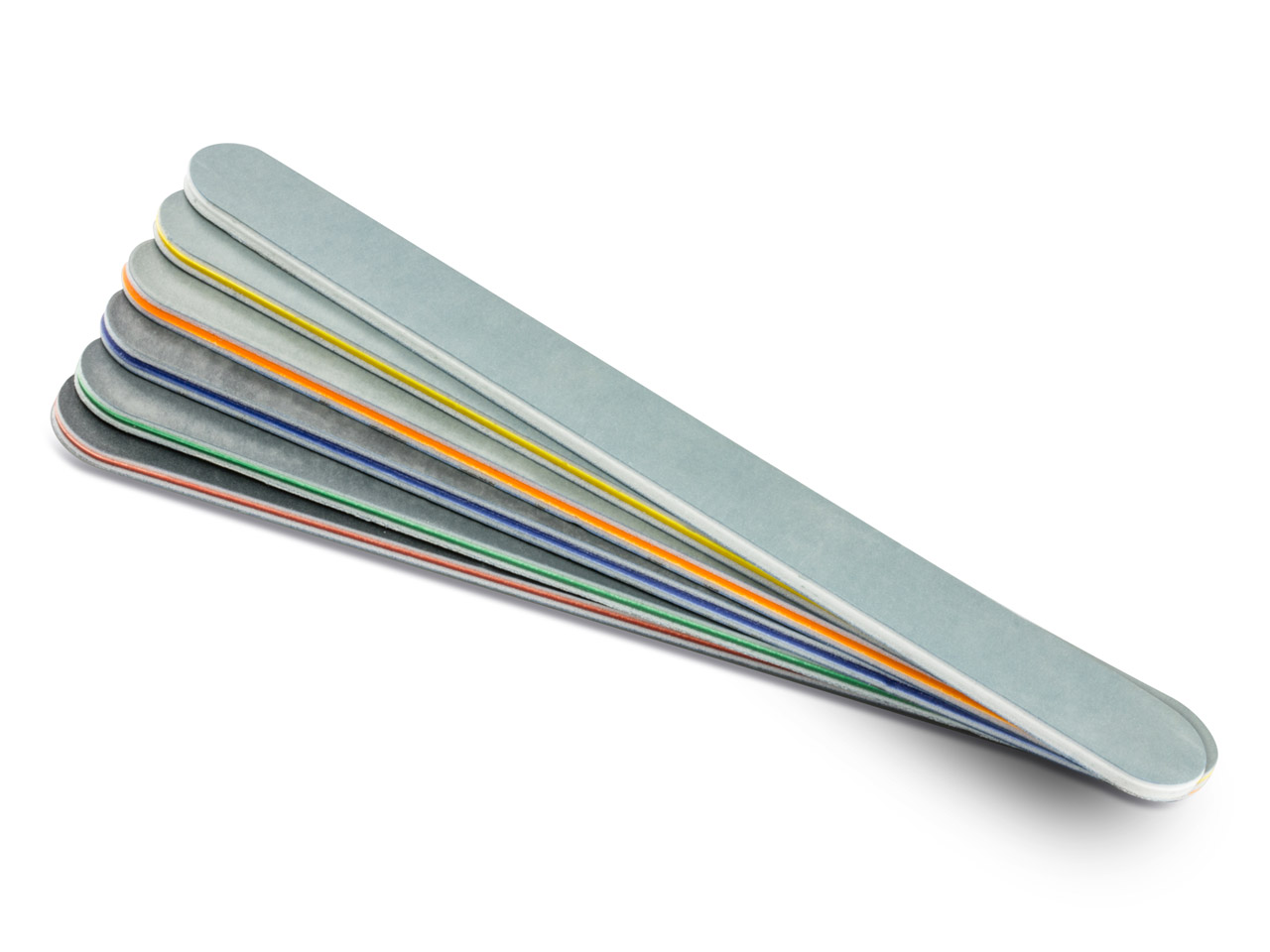
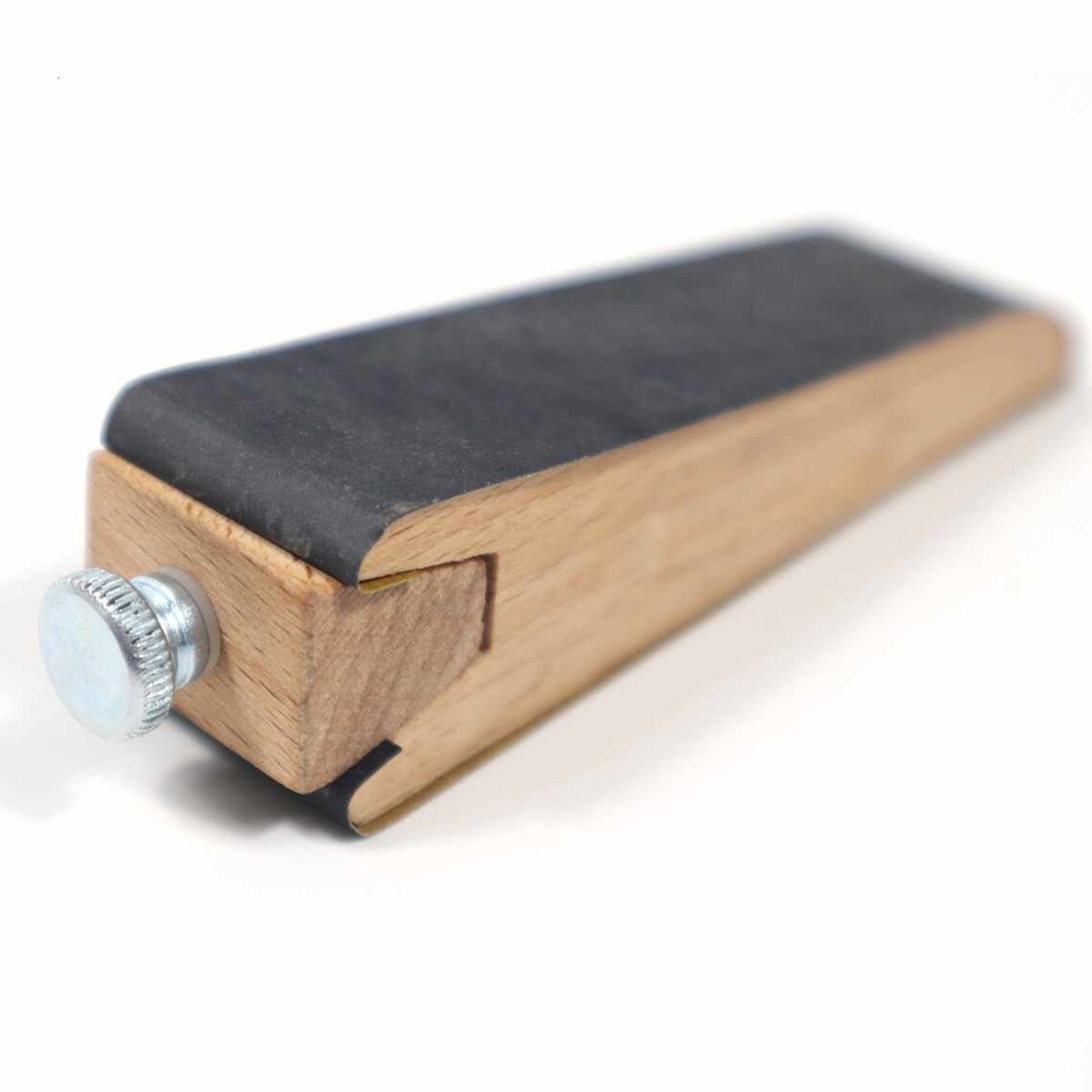
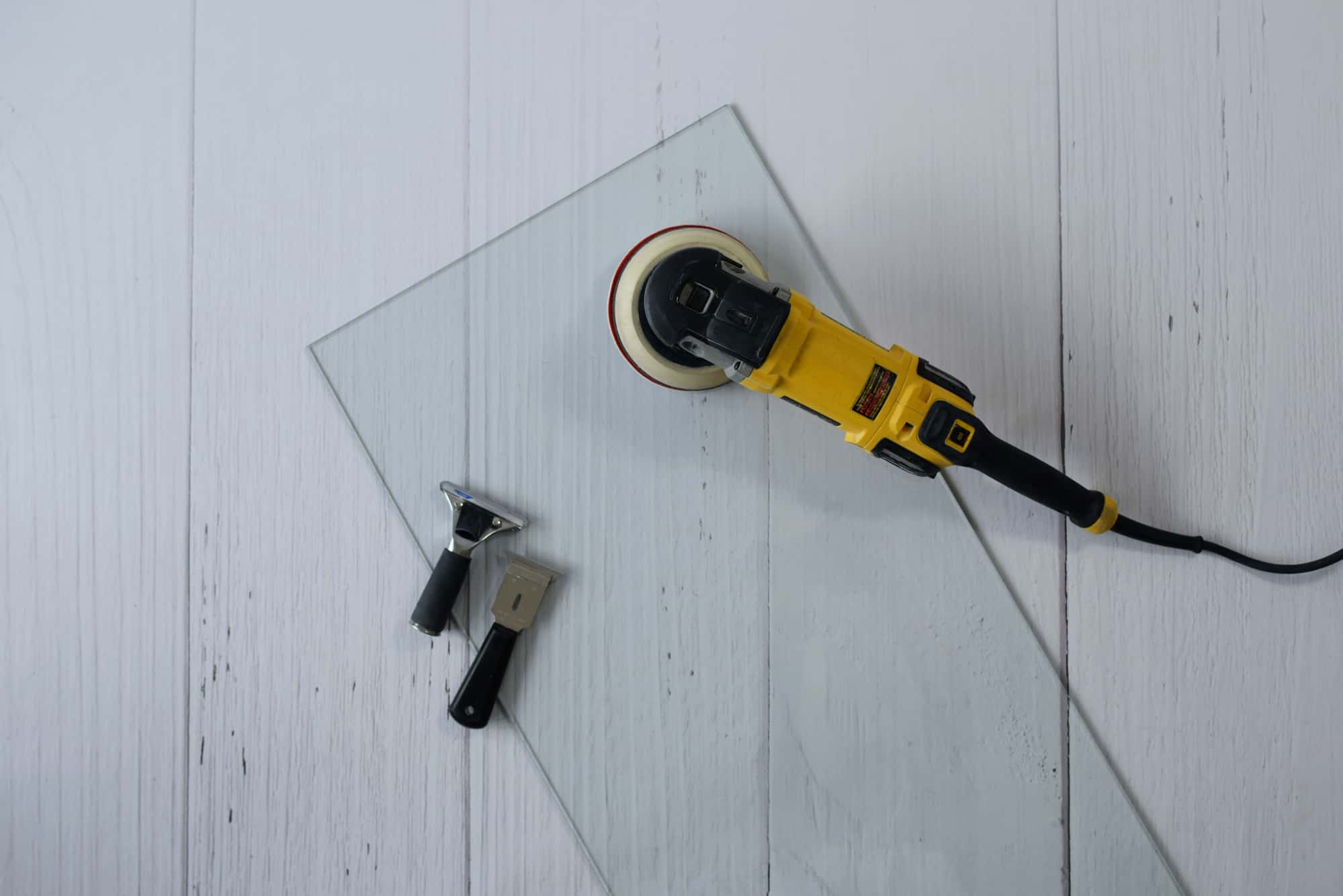

0 thoughts on “What Grit Sandpaper To Wet Sand A Car”